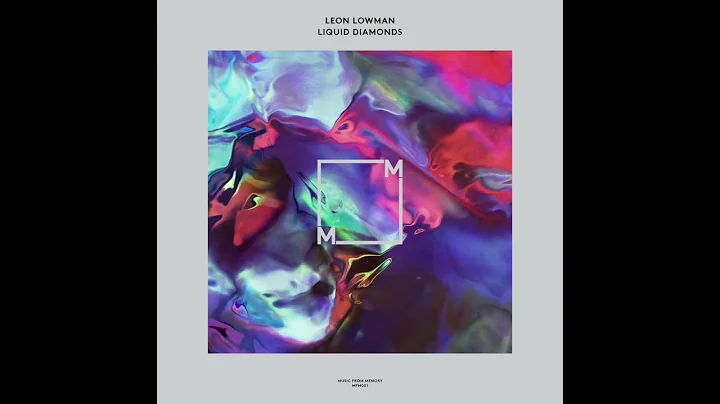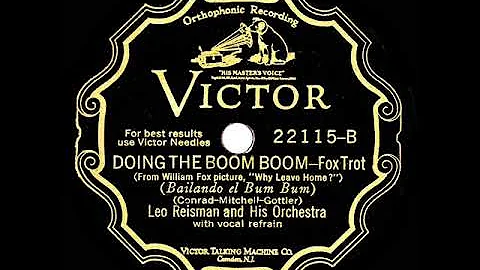Leon E Riebman
Deceased
from Philadelphia, PA
- Also known as:
-
- Leonard Riebman
Leon Riebman Phones & Addresses
- Philadelphia, PA
- Rydal, PA
- Long Beach Township, NJ
- 726 Bryn Mawr Ave, Narberth, PA 19072 • (610)6681092 • (610)7470430 • (610)5209964
- Penn Valley, PA
- 1170 Saint Andrews Rd, Bryn Mawr, PA 19010 • (610)5209964 • (610)5209965
- Huntingdon Valley, PA
- Ocean, NJ
Name / Title
Company / Classification
Phones & Addresses
ULTRACOM OF PASCO COUNTY, INC
Saint Petersburg, FL 33706
Rydal, PA
Rydal, PA
Director
Ultracom of Pasco County, Inc
Richardson Rd, Colmar, PA 18915
Chairman, President, Director
AMERICAN ELECTRONIC LABORATORIES, INC
305 Richardson Rd, Lansdale, PA 19446
Us Patents
-
Low-Noise Oscillator
view source -
US Patent:51666472, Nov 24, 1992
-
Filed:Jan 27, 1992
-
Appl. No.:7/825680
-
Inventors:Leon Riebman - Rydal PA
-
Assignee:AEL Defense Corp. - Lansdale PA
-
International Classification:H03B 508
H03B 518 -
US Classification:33107S
-
Abstract:A low-noise oscillator has a resonant circuit for generating a signal at a desired frequency. A linear amplifier and a limiter are electrically connected to the resonant circuit at first, second and third locations. A buffer amplifier is electrically connected to the resonant circuit at a fourth location and applies the signal generated by the resonant circuit to a load. The first, second, third and fourth locations are selected to minimize the impedance from those locations to ground at 1/f frequencies.
-
Superconducting Low-Noise Oscillator
view source -
US Patent:51186608, Jun 2, 1992
-
Filed:Feb 20, 1991
-
Appl. No.:7/658285
-
Inventors:Leon Riebman - Rydal PA
-
Assignee:American Electronic Laboratories, Inc. - Lansdale PA
-
International Classification:H03B 500
H03B 518
H01B 1200
H01L 3912 -
US Classification:505 1
-
Abstract:A low-noise cryogenic oscillator has a resonant circuit formed of superconducting material for generating a signal at a desired frequency. A linear amplifier and a limiter are electrically connected to the resonant circuit at first, second and third locations. A buffer amplifier is electrically connected to the resonant circuit at a fourth location and applies the signal generated by the resonant circuit to a load. The first, second, third and fourth locations are selected to minimize the impedance from those locations to ground at 1/f frequencies. The resonant circuit, the linear amplifier, the limiter and the buffer amplifier are all maintained at a temperature below the critical temperature of the superconducting material.
-
Superconducting Balanced Mixer
view source -
US Patent:52806499, Jan 18, 1994
-
Filed:Jun 18, 1992
-
Appl. No.:7/900967
-
Inventors:Leon Riebman - Rydal PA
-
Assignee:AEL Defence Corp. - Lansdale PA
-
International Classification:H04B 126
H03K 338 -
US Classification:455326
-
Abstract:A superconducting non-linear device includes a superconducting conductor, a current source associated with the conductor for applying to the conductor a bias current, and a control device associated with the current source for selectably controlling the magnitude of the bias current. The non-linear device according to the invention may be used in a number of circuit configurations, including a balanced mixer.
-
Superconducting Non-Linear Device
view source -
US Patent:52587630, Nov 2, 1993
-
Filed:Jun 18, 1992
-
Appl. No.:7/900970
-
Inventors:Leon Riebman - Rydal PA
-
Assignee:AEL Defense Corp. - Lansdale PA
-
International Classification:H04B 700
-
US Classification:342350
-
Abstract:A superconducting non-linear device comprising a superconducting conductor, a current source associated with the conductor for applying to the conductor a bias current, and a control device associated with the current source for selectably controlling the magnitude of the bias current. The non-linear device according to the invention may be used in a number of circuit configurations, including current limiting, switching, mixing and detecting circuits.
-
Superconducting Non-Linear Device
view source -
US Patent:52276694, Jul 13, 1993
-
Filed:Jul 24, 1991
-
Appl. No.:7/735132
-
Inventors:Leon Riebman - Rydal PA
-
Assignee:American Electronic Laboratories, Inc. - Lansdale PA
-
International Classification:H03K 1792
H03K 338 -
US Classification:307245
-
Abstract:A superconducting non-linear device comprising a superconducting conductor, a current source associated with the conductor for applying to the conductor a bias current, and a control device associated with the current source for selectably controlling the magnitude of the bias current. The non-linear device according to the invention may be used in a number of circuit configurations, including current limiting, switching, mixing and detecting circuits.
-
Superconducting Non-Linear Device
view source -
US Patent:52647358, Nov 23, 1993
-
Filed:Mar 19, 1991
-
Appl. No.:7/671589
-
Inventors:Leon Riebman - Rydal PA
-
Assignee:AEL Defense Corp. - Lansdale PA
-
International Classification:H03K 1792
H03D 900 -
US Classification:307245
-
Abstract:A superconducting non-linear device comprising a superconducting conductor, a current source associated with the conductor for applying to the conductor a bias current, and a control device associated with the current source for selectably varying the bias current between a first value below the critical current for the conductor means and a second value above the critical current. The non-linear device is a switching device comprising a switching element in the form of a superconducting film, a terminal for inputting a signal to the switching element, a terminal for outputting a signal from the switching element, and a circuit for applying a DC bias current to the switching element and for causing the DC bias current to vary between a first value below the critical current for the superconducting film and a second value above the critical current. The non-linear device is a square-law detector device comprising a thin-film superconductor, a terminal for coupling an RF signal to be detected to an input zone of the superconductor, a circuit for applying a DC bias current to the superconductor, the bias current being of a value to constrain the superconductor to operate in the quadratic portion of its resistance-current operating characteristic, and a circuit for obtaining a detected output signal from an output zone of the superconductor.
-
Low Parasitic Capacitance Superconductor Circuit Node
view source -
US Patent:52911578, Mar 1, 1994
-
Filed:Nov 20, 1992
-
Appl. No.:7/980939
-
Inventors:Leon Riebman - Rydal PA
-
Assignee:AEL Defense Corp. - Lansdale PA
-
International Classification:H01P 502
-
US Classification:333 33
-
Abstract:Electronic circuit node structures which minimize parasitic capacitance in linear path and angular circuit topographies for high frequency circuits are described. The electronic circuit comprises at least two signal conductor elements and an active or passive circuit element on a substrate. The conductor elements are arranged to define a gap between their ends. The circuit element bridges the gap. In one embodiment, the longitudinal axes of the conductor elements are laterally offset and generally parallel. The conductors are arranged to form the gap between adjacent edges on the ends of the conductors. The circuit element is arranged to bridge the gap. The other conductor edges near the gap are arranged at angles which increase the distance between them. In another embodiment, the conductor elements form an angle with the gap at the apex. The circuit element bridges the gap between the conductor edges nearest the apex.
-
Thin Film Superconducting Lc Network
view source -
US Patent:52310787, Jul 27, 1993
-
Filed:Sep 5, 1991
-
Appl. No.:7/755264
-
Inventors:Leon Riebman - Rydal PA
Eitan Gertel - Lansdale PA -
Assignee:AEL Defense Corp. - Lansdale PA
-
International Classification:H03H 701
H01F 508 -
US Classification:505 1
-
Abstract:A thin-film superconducting LC network comprising a dielectric substrate having first and second oppositely disposed surfaces, a first thin-film superconducting conductor on one of the surfaces defining an inductor, second and third thin-film superconducting conductors on said first and second surfaces, respectively, said second and third conductors opposing each other and having at least a portion of the dielectric substrate therebetween to form a capacitor, and thin-film superconducting conductor for interconnecting the inductor and capacitor to form a desired LC network. In one embodiment, the substrate between the second and third conductors have a thickness less than the thickness of the substrate between the first conductor and it oppositely disposed surface. In another embodiment, the inductor is defined by a plurality of closely spaced adjacent turns and a channel is disposed within the substrate between the adjacent turns.
Youtube
Get Report for Leon E Riebman from Philadelphia, PADeceased





